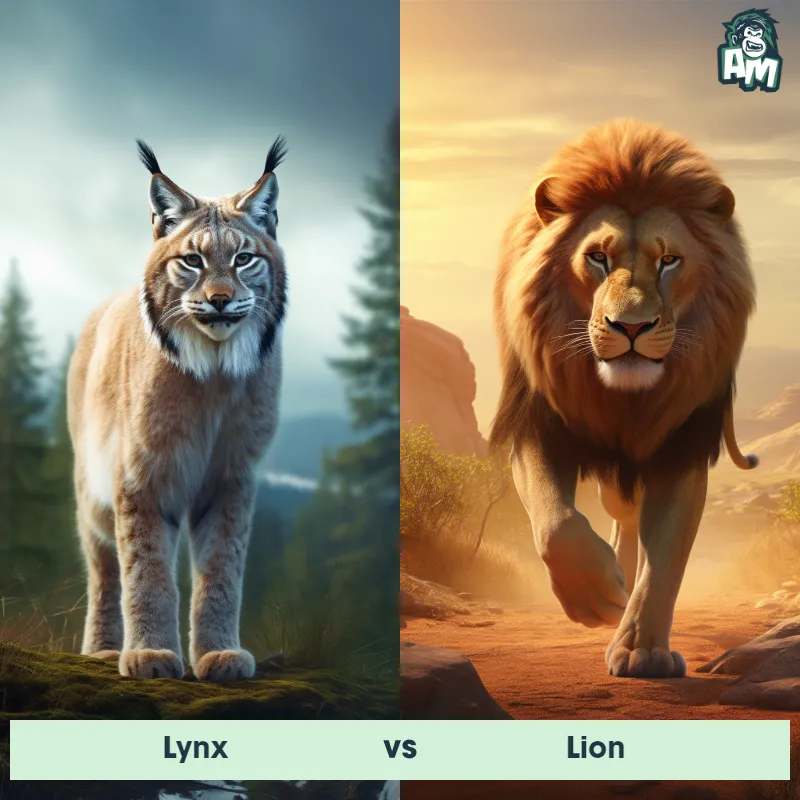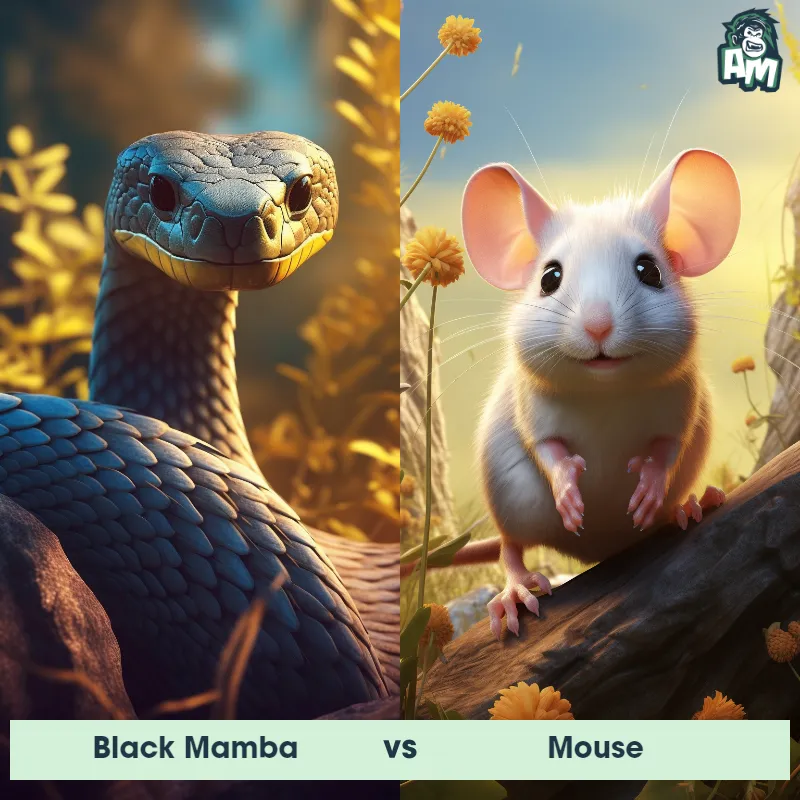Tiger vs ArmadilloSee Who Wins

Ladies and gentlemen, welcome to this thrilling matchup between two unique competitors in the animal kingdom. Here in this natural arena, we are about to witness a showdown between a fearless tiger and a armored marvel, the armadillo. Both showcasing different skill sets, this promises to be an intriguing battle of strength versus defense. Let's dive into the action and see who will prevail!
Contender 1: Tiger
The Tiger is a large and powerful big cat, known for its distinct orange coat patterned with black stripes, which are unique to each individual, much like a human fingerprint. Tigers have a muscular build, a heavy head with strong jaws, and a tail that is usually about half the length of their body. The largest species of the cat family, adult male tigers can reach up to 10 feet in length and weigh up to 660 pounds. Tigers are native to various parts of Asia and are adept swimmers, unlike most members of the cat family.
Fun Fact: Tigers are apex predators and primarily consume larger mammals for food, including deer and wild boar; a hungry tiger can eat as much as 60 pounds in one night.
Contender 2: Armadillo
The Armadillo, also known as the "little armored one," is a unique mammal characterized by its bony, leathery armor-like shell that covers its body. These fascinating creatures have a stocky body with short legs and are typically around the size of a small dog, ranging from 5 to 59 inches in length. Their sharp claws enable them to dig burrows easily, and their long tongue is perfect for catching insects, their primary food source. They have poor eyesight but an excellent sense of smell, which they use to locate food.
Fun Fact: Armadillos have a fascinating reproductive strategy called polyembryony, where a single fertilized egg divides into identical embryos, resulting in the birth of multiple identical offspring. This unique process allows Armadillos to give birth to quadruplets or even higher numbers of identical young.
Matchup Stats
| Tiger | Armadillo | |
|---|---|---|
| Size | Up to 10 feet in length (3.05 meters) | 5-59 inches (12-150 cm) |
| Weight | Up to 660 pounds (300 kilograms) | 6-119 pounds (3-54 kg) |
| Speed | 35-40mph (56-64km/h) | 30mph (48km/h) |
| Key Strength | Strong jaws and muscular build | Sharp claws for digging and defense |
| Biggest Weakness | Limited endurance for long chases | Poor eyesight |
Current Votes
Tiger vs Armadillo
See Who Wins
View More Matches
Looking For More?
Similar Matches
Scientific Stats
| Tiger | Armadillo | |
|---|---|---|
| Scientific Name | Panthera tigris | Dasypus |
| Family | Felidae | Dasypodidae |
| Habitat | Forests, grasslands, and swamps | Grasslands, forests, and deserts |
| Geography | Asia | Found in the Americas, primarily in South America, Central America, and the southern parts of North America |
| Diet | Carnivorous, primarily deer and wild boar | Insects, small vertebrates, plant material |
| Lifespan | 15 years - 26 years | 10 years - 15 years |
Key Differences between Tiger and Armadillo
- Limbs: Tigers have strong, muscular limbs with sharp claws on their paws adapted for hunting and climbing, whereas armadillos have short, stout limbs with sharp claws on their front legs, which they use for digging.
- Color and pattern: Tigers have a distinctive orange or reddish-orange coat with black stripes that vary in density and pattern, providing excellent camouflage in their natural habitat. In contrast, armadillos have a grayish-brown or yellowish-brown coloring that blends with their surroundings.
- Body shape: Tigers have a long, slender, and muscular body with a round head, while armadillos have a compact and elongated body covered in a hard shell made of bony plates.
- Facial features: Tigers have a powerful jaw with sharp canines and distinctively colored eyes, often either yellow or amber. Armadillos, on the other hand, have a small, pointed snout with a long, pig-like nose, and their eyes are relatively small and black.
- Fur vs. scales: Tigers have a thick coat of fur all over their body, except for their bellies, whereas armadillos have a tough, leathery shell that covers the upper part of their body, with some soft fur or hair covering their belly.
- Size: Tigers are significantly larger than Armadillos, with adult tigers reaching lengths of up to 10 feet and weighing up to 550 pounds, while armadillos are much smaller, typically measuring around 2 to 3 feet long and weighing between 8 to 17 pounds.
































